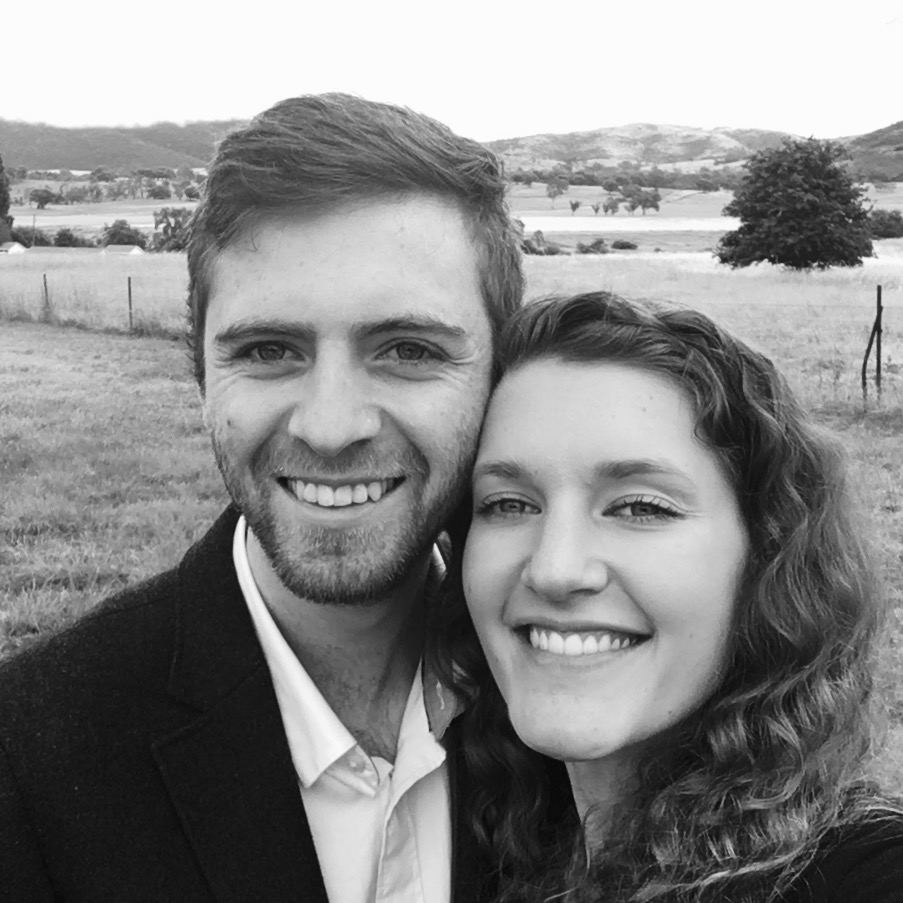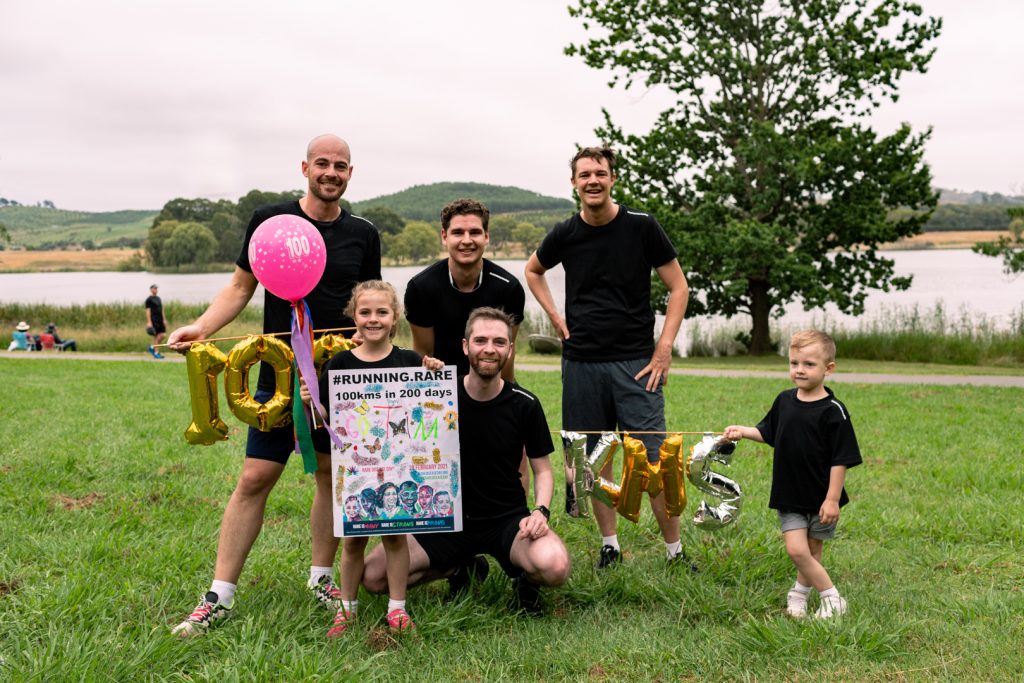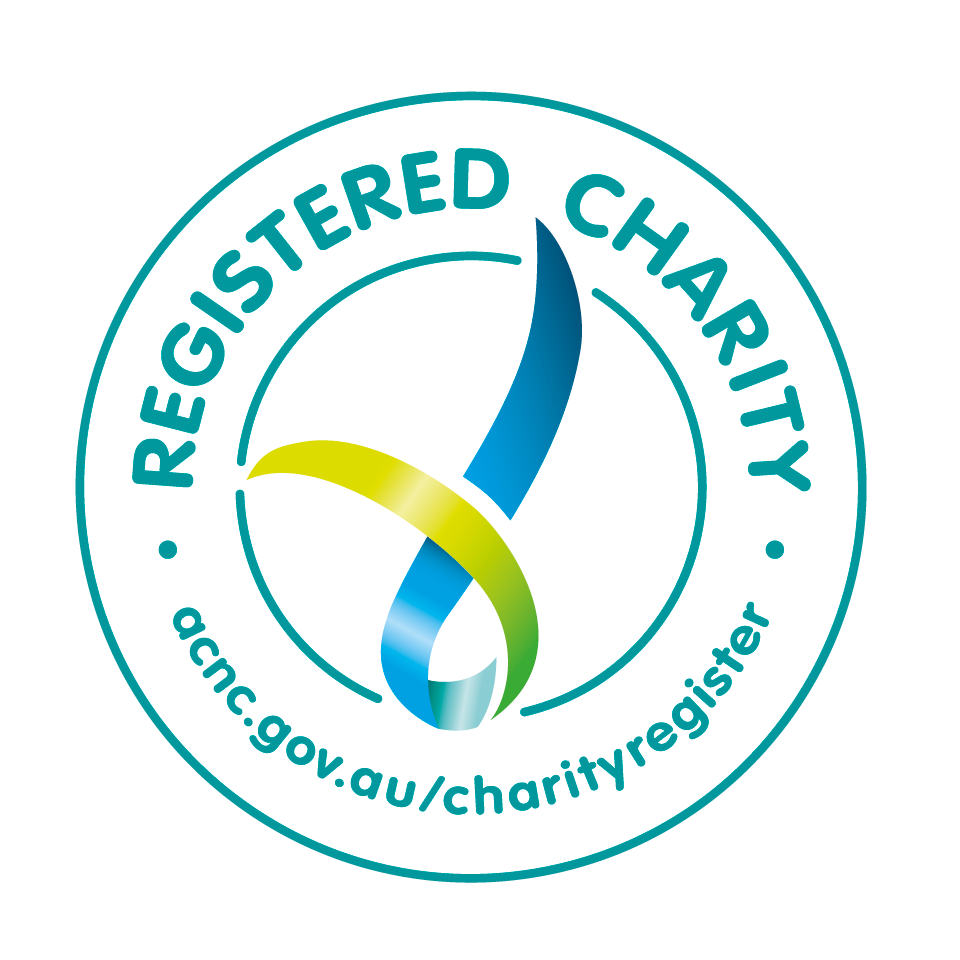
I remember vividly driving to training one night and knowing something was wrong, but being unable to put a finger on why. I continued pushing the feelings of fatigue, sore throats, muscle pain and joint swelling aside for several months—excusing them as being a result of low-grade colds, the pressure of university, or just not being as fit as I once was. A few weeks before my hospitalisation, I was struggling to walk upstairs, and my body was getting more and more sore. I would break into fevers and rashes, and then later in the day, they’d disappear. The first sign something was seriously wrong was when I received a blood test back that my general practitioner had requested, and the inflammatory levels were off the chart. A few days later, I was lying on my back in a hospital bed unable to move. I was in debilitating pain, my throat felt like it was on fire, and I was experiencing a high spiking fever and rash twice a day. About a week after my admission to hospital, I was diagnosed with an ultra-rare inflammatory condition known as Adult-onset Still’s Disease, a condition that affects approximately 1 in 500,000 people globally. I was 22.
From my understanding of the current literature, Still’s is an issue of the innate immune system that results in systemic hyper-inflammation. There is currently no known cause.
Managing Still’s is difficult due to its rarity and complexity. I initially started with high levels of steroids and a chemotherapy drug for six months. However, this proved to be ineffective. If anything, the side-effects were as bad, if not worse, than the pain of Still’s. Those six months were some of the hardest months of my life. In a matter of weeks, my life had been flipped upside down. I went from regularly playing sport and living an active lifestyle, working and studying, to being bed-bound for close to a month and living in almost total isolation at home with my parents for 10 months—this experience of isolation is something I think we can all empathise with now to a degree.
During that time, I started writing a blog and magazine (that I never finished) to try and process my thoughts and hopefully, encourage people too. I wanted to create the resources I wished I had when I was first diagnosed. Something that was more humanised than the clinical communication that dominates the sector. This is a mission I continue to pursue to this day.
I learnt during that period that almost everything in life can be taken away, but the only thing that remains is our attitude and faith, and I wanted to make that count. In one of my posts, I wrote, “It is undeniable that Still’s has ‘taken’ a lot from me physically, emotionally and socially—it has radically changed my life for the time being, but each day I have things to be truly grateful for. Each day starts with putting on the right lens and viewing my situation a little creatively, so I don’t miss the opportunities that lie before me.”
I had failed every treatment available to me at that point. Then I received a call that changed my life. I had received approval to start a biologic therapy. This involved a monthly infusion at the hospital. Biologic treatments are extremely expensive, and I consider myself very fortunate to live in a country where this treatment is so heavily subsidised. This is unfortunately not the case for many, even within Australia, and there is still a great need in our community to make these treatments more accessible to the rare disease community—we don’t, and shouldn’t, just exist as an outlier in a database and policy legislation. I believe it is important that people receive equitable treatment opportunities regardless of their diagnosis or the place they may live.
After starting the infusions, my body very slowly began to settle down and I was able to recommence my final unit at university. At that point, we still didn’t know whether I would ever reach remission, but I just kept focusing on what I could do. Returning to university was probably premature at that point; mum still had to drive me to classes, but I just needed something to look forward to. Each day was exactly the same and I really didn’t have a future that was foreseeably different. So, university was a nice distraction. The university was very accommodating to my additional needs and allowed me to fit my schedule and due dates around my treatment.
This period of adversity also forced me to face insecurities and feelings I had suppressed for years and challenged me to reprioritise the direction of my life. It is ironic in many ways that I finished as the top graduate in the Faculty of Arts and Design at the University of Canberra and went on to become the first student from Canberra to win the Design Institute of Australia Graduate of the Year for Visual Communication Design in New South Wales/the Australian Capital Territory—something I had worked so hard to achieve, but I was nowhere near being able to hold down a job because of my health. But as we will see, access to appropriate treatment changed the trajectory of my life.

The summer after graduating, my body was becoming more stable as I continued treatment. I was able to start exercising again—a significant milestone for me. I started with very short walks and then eventually, over several months, built up to very short runs. Over time, my body tolerated more exercise and running became an important part of my week. About 18 months after starting my infusions, I went into remission and was eventually able to slowly reduce my medications—something that surprised my medical team. I enjoyed an incredible two years of medication-free remission. I married my best friend, Jess, we bought an apartment, and I was able to return to work as a designer. Life really was wonderful. I remember Jess asking on one occasion what my greatest fear was, and I would always say relapse. I didn’t know if I could endure another episode.
In mid-2019, the pain and joint swelling slowly crept back in, the sore throats and rashes became more and more frequent and then, the day before a family trip to the Atacama Desert in Chile, I found myself lying on my back in debilitating pain. Still’s was back. I couldn’t deny it any longer.
What was the process and thought behind setting up Running Rare?

The relapse hit me hard, and I had to start the biologic therapy and steroids again. The illness and medications ravaged my body for close to a year, and I found myself back at square one. At an appointment with my specialist, I was told I needed to get moving again as the long-term use of steroids was leaching my body of calcium. This seemed near impossible at the time. My body just wasn’t tolerating exercise even though my Still’s was more stable at this point. I also didn’t know whether I could endure another rebuild mentally.
At the time of this appointment, the global pandemic was sweeping the world and a lot of people were suffering, especially the rare disease community. But there was a glimmer of hope emerging for the rare disease community in Australia with the Australian Government launching the National Strategic Action Plan for Rare Diseases (the Action Plan), which was collaboratively developed by Rare Voices Australia (RVA). The Action Plan is the first initiative of its kind in Australia. A key pillar of the Action Plan is raising awareness and I thought to myself, ‘I need to get moving and I need to start a conversation around rare diseases,’ and Running Rare was officially born as an Instagram account. In some ways, Running Rare was an evolution of the blog I had started during my first Still’s episode, but I didn’t know whether it would be like my magazine—a great idea I never finished.
I set myself the goal of running 100km in the 200 days leading up to Rare Disease Day 2021. At the beginning, I could barely run 500m and the exhaustion I would feel for days afterwards really made me question whether I should continue. But I kept reminding myself that I didn’t have to be the athlete I once was; I just needed to keep showing up. So, week after week, I kept showing up and doing what I could. The first 150 days were really painful, and I felt sick after every run. I had only managed to run 50km and thought the goal of 100km was near impossible. But slowly, things started to click. I was able to tolerate longer and longer distances. In this time, Running Rare had started to gain a few followers and RVA, the national peak body for Australians living with a rare disease, got behind my project. This provided me with a huge confidence boost. In the last 50 days, I ran 50km and finished the final kilometres with family and friends at the Lake Burley Griffin Parkrun.

At the start of 2021, I started working on the Running Rare website, a site to not only document my journey but to share the stories of the rare disease community from the perspective of the rare disease community. After six months of work, I was able to launch the Running Rare website. I also began my next goal of running 150km in 200 days.
Little did I know how powerful a catalyst running would prove to be in raising awareness for the rare disease community.
What is the emotional impact of having a rare disease? Is it exhausting and discouraging to suffer from something few people understand? What does your future with this disease look like?
Living with a chronic rare disease is really tough emotionally. There have been days when I didn’t know how I could keep enduring the pain, exhaustion and suffering. But I have an incredible support network of family and friends, books and people I follow who inspire me and a workplace that has been exceptionally accommodating of some of the challenges I face on a day-to-day basis. I think in some ways, the challenge of my condition also drives and motivates me to try and find ways to help others. I truly believe I can take responsibility in ensuring this hardship isn’t wasted but can be used to enact positive change through highlighting the challenges the rare disease community faces. I believe these challenges are not only for the rare disease patient, but also their family and friends who are impacted in different ways.
I don’t know what the future holds for me as statistically, the likelihood of another relapse is very high. So, I need to make the most of this period of stability.
How does it make you feel to be doing this work alongside your day job?
I am honestly grateful to be doing Running Rare and my RVA ambassadorship alongside my day job. It wasn’t that long ago that I could barely get through a day at work, so I am very grateful for this season.
How much have you raised through Running Rare?
My primary goal is to give the rare disease community an opportunity to share their stories in an authentic way. To achieve this, I spend a lot of my free time either running, thinking or working on Running Rare. It is something I am really invested in because I know it is such a critical time to create conversation around rare diseases during the Action Plan’s implementation. A few times a year, I look to raise funds to support the rare disease community. In the fortnight before 2021 Rare Disease Day, Running Rare raised over $2,500 for RVA and in 2022, we raised another $2,500. I’ve also recently set-up a dedicated rare disease fund within Hands Across Canberra to support my local rare disease community, and to date, we’ve raised $7,500.
Tim is an RVA Ambassador.

